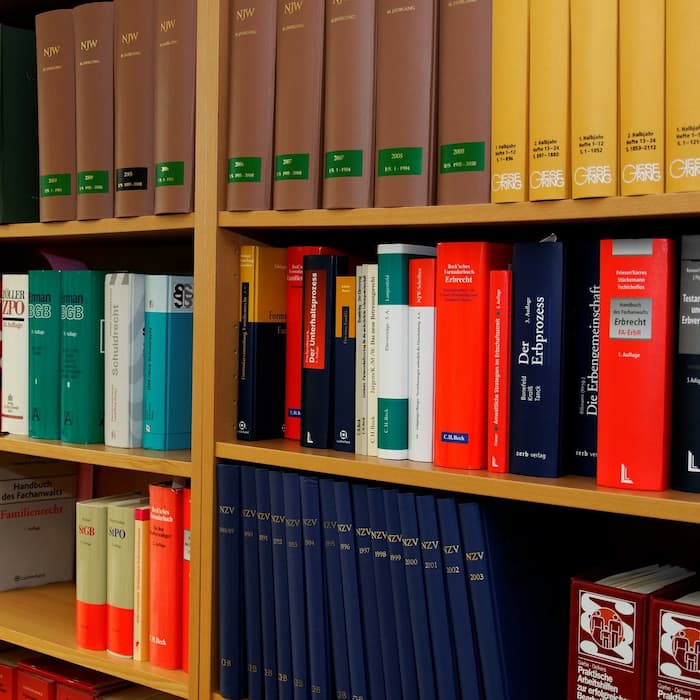Trust Estate
The Leonard Cohen Forged Trust Lawsuit – The Lessons

Trust and estate disputes are increasingly commonplace, especially in the HNW community where there are complicated family relationships in play and/or the relationship between trustees or trustees and beneficiaries has broken down.
Legal disputes over a deceased person’s estate, and where trusts are involved, are an important field for private client lawyers and advisors. In this article, Katherine Pymont, a senior associate in the contentious trusts and probate team at law firm Kingsley Napley examines the terrain. The editors are pleased to share these views and invite responses. The usual editorial disclaimers apply. Jump into to the debate! Email tom.burroughes@wealthbriefing.com
It has been widely reported that a dispute has arisen regarding
the estate of Leonard Cohen, the well-known singer and songwriter
who died in 2016. His children and heirs allege that a trust
valued at $48 million was tampered with after Cohen’s death to
appoint his former manager Robert Kory as the primary trustee. As
such, the manager is said to have falsely benefited from Cohen’s
legacy artwork and archive. His children have now applied to the
court to have him removed and return any money taken from the
trust by way of payment for his role as trustee. Although the
dispute is being dealt with (and the estate administered) in the
US, it nonetheless raises some interesting issues were the same
(or similar) situation to arise here.
Fraud
Fraud in the context of estate and trust disputes can arise in a
number of ways under English law. For example, a will could be
fraudulent if the deceased has made a bequest to a beneficiary
based on misrepresentations made by another person. Or someone
might have impersonated the testator or settlor in order to
execute a will or trust document. Or a valid will might have been
destroyed by a third party seeking to benefit from a previous
will or intestacy.
Challenging a will or trust (where the settlor is no longer
alive) solely based on a fraud is difficult, however, not least
because the deceased is likely to be the only first-hand witness
and obviously is not able to give evidence. (In the Cohen case
there would appear to have been an admission by the manager’s
attorney that he physically created the forged document in
question after Cohen had passed which may make an equivalent
hurdle in the US easier to overcome). The burden of proof on a
fraud allegation is higher than usual in a civil case.
Forgery
A forged will is one of the civil grounds for contesting a will.
The will might have been forged in its entirety or it could
simply be that the signature of the person making the will has
been forged. Should a will challenge be successful on the grounds
of a forgery, then it will be declared invalid. The same would be
true of any trust document.
It is worth noting that both fraud and forgery are criminal
offences in this country. Criminal fraud is an offence prosecuted
by the CPS, the Serious Fraud Office or other authorised
prosecution agencies and is triable before both the magistrates’
and the crown courts. If there is a finding of guilt (either from
a jury verdict or following a guilty plea) a defendant will face
a sentence of up to 10 years’ imprisonment. Sections 1 to 5 of
the Forgery and Counterfeiting Act 1981 set out several criminal
offences of forgery. These include making, copying, using and
using a copy of a false instrument. In each case the prosecution
must prove that the act of forgery is combined with an intention,
by the person, that he or another shall use it to induce somebody
to accept it as genuine (or a copy of a genuine instrument), and
“by reason of so accepting it to do or not to do some act to his
own or any other person’s prejudice.”
Removing a trustee
In terms of removing a trustee, there are various options
potentially available to a disgruntled beneficiary and there is
no one-size-fits-all answer.
The first port of call should always be the trust instrument to
see whether an express power can be relied on to remove a
trustee. In less contentious cases, voluntary retirement using
Section 39 Trustee Act 1925 should be considered as well as
compulsory retirement under Section 19 Trusts of Land and
Appointment of Trustees Act 1996 and the possibility of
replacement by another trustee under Section 36 Trustee Act
1925.
Where there is a dispute, it will likely be necessary instead to
turn one’s attention to the court’s remedies; statutory power of
removal under Section 41 Trustee Act 1925 or by the court’s
inherent jurisdiction. In either event the court's main guide is
the welfare of the beneficiaries and the competent administration
of the trust. For example, the court is likely to act to remove
trustees who have abused their trust where there is evidence of
positive misconduct and if the court is satisfied that the
continuance of the trustee would prevent the trust being properly
executed.
It seems in the Cohen case that the admission surrounding the
fraudulent creation of the document would likely be sufficient to
meet the misconduct test (but the writer has limited information
in terms of these proceedings). It is perhaps worth emphasising
that friction or hostility between the trustee and the
beneficiaries is not, of itself, sufficient reason to have a
trustee removed under English law.
Trust and estate disputes are increasingly commonplace,
especially in the HNW community where there are complicated
family relationships in play and/or the relationship between
trustees or trustees and beneficiaries has broken down. It is
therefore important for both trustees, beneficiaries, and their
advisors to be alive to the potential issues that might arise and
how to deal with them.